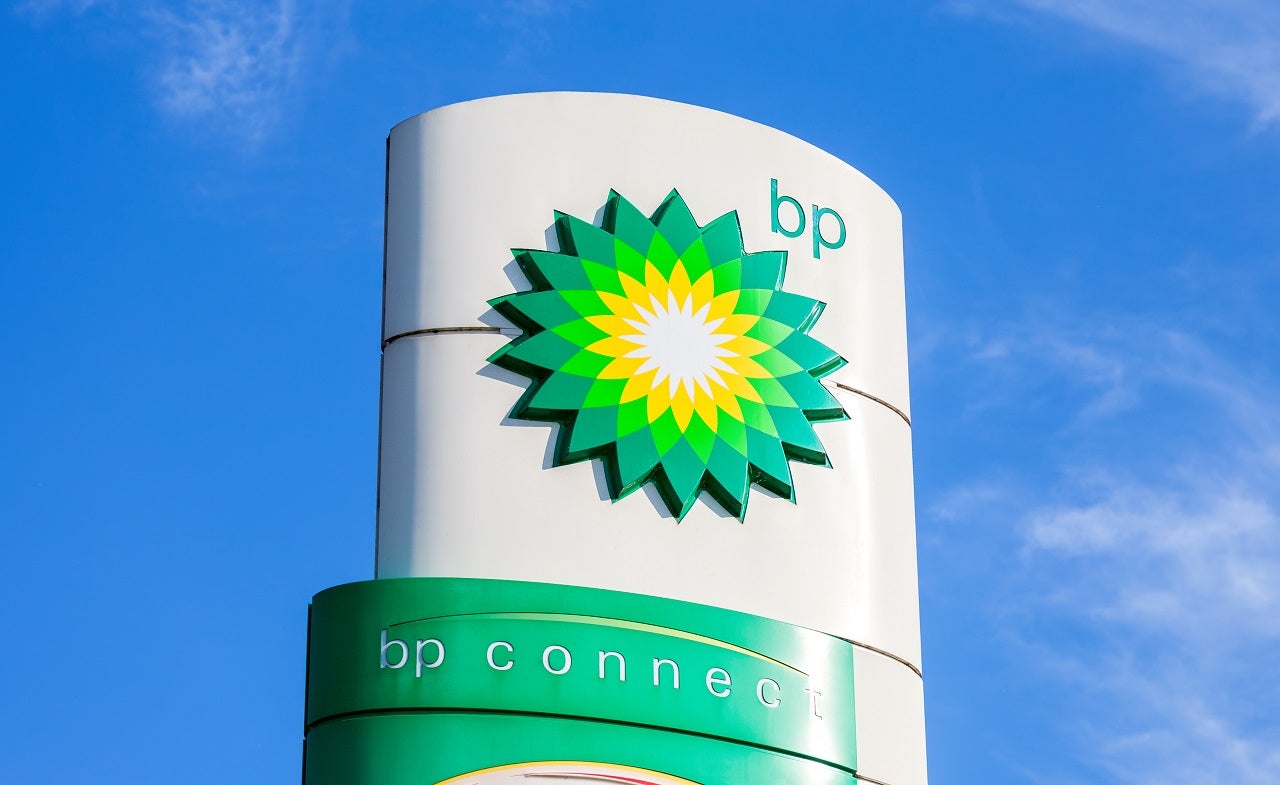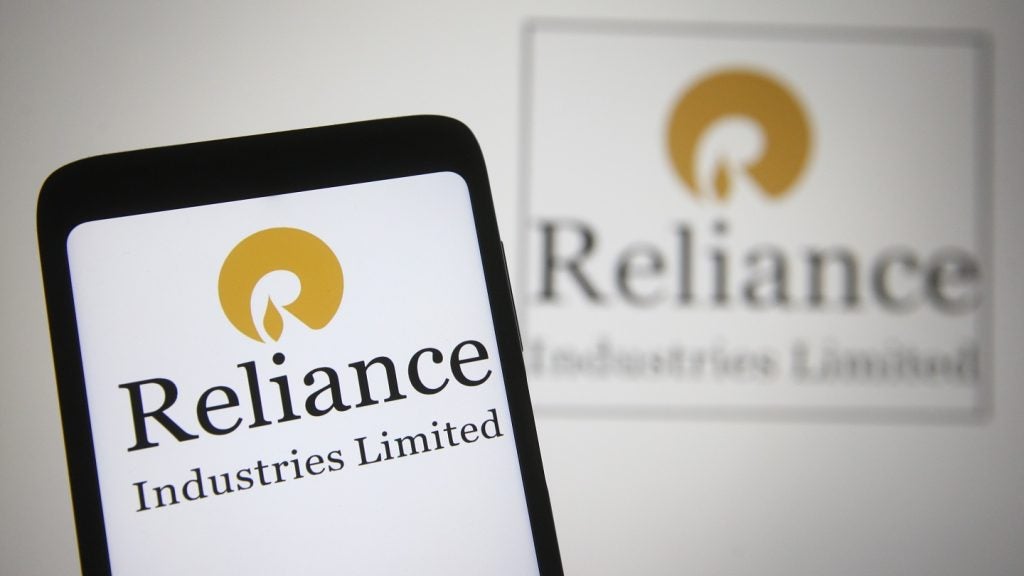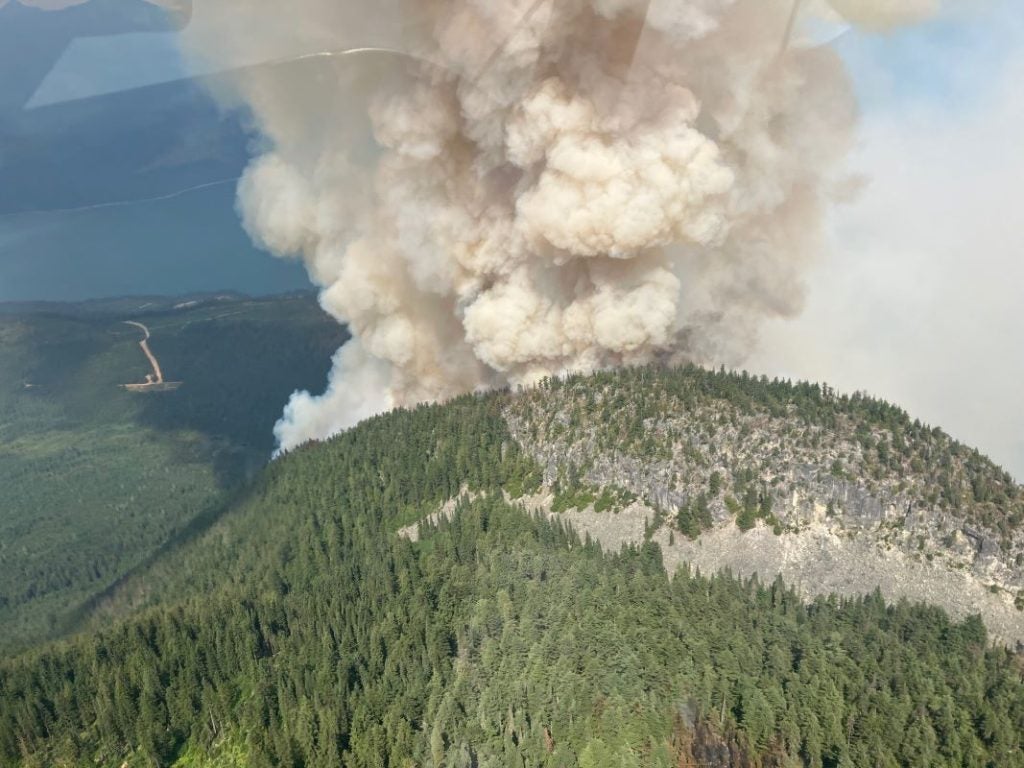As low carbon government targets and shareholder pressure weigh heavily on BP’s traditional business motives, the company has recently outlined its plans on becoming an Integrated Energy Company (IEC), aiming to divest away from its core oil and gas business and venture further into lower carbon energy and electricity.
Areas with little growth potential, challenging economics under low oil prices or large environmental footprints are likely to be candidates for divestment. Projects or areas that are complimentary to the company’s LNG and low carbon energy goals are likely to be core areas for investment.
BP IEC drive makes low carbon investments likely
In order to fulfil its IEC ambitions of reduced output and emissions BP will be actively increasing its investment in low carbon electricity and energy whilst divesting portions of its hydrocarbon business.
Its recent US$5 billion deal with INEOS sees the company offload its petrochemicals business, marking a clear strategic step towards this business transition.
Furthermore, the US$1.1 billion deal with Equinor for stakes in two offshore wind projects in the US marks its largest renewables acquisition to date and entry into the offshore wind market.
As BP refocuses its existing hydrocarbons portfolio, its Mediterranean downstream business (Spain) looks exposed as it faces struggling refining marker margins and product demand weakness on the continent.
How well do you really know your competitors?
Access the most comprehensive Company Profiles on the market, powered by GlobalData. Save hours of research. Gain competitive edge.

Thank you!
Your download email will arrive shortly
Not ready to buy yet? Download a free sample
We are confident about the unique quality of our Company Profiles. However, we want you to make the most beneficial decision for your business, so we offer a free sample that you can download by submitting the below form
By GlobalDataRumours of selling areas of its Middle Eastern portfolio could hinge on emissions intense operations such as Iraq. Whilst portions of the company’s legacy US onshore business that are devoid of growth such as Wyoming, Colorado, Oklahoma and New Mexico do not align with future ambitions and are up for sale.

LNG expansion plans need to be accelerated
BP will continue to invest heavily in its hydrocarbons portfolio and will still contribute over 50% of its annual capital expenditure in 2030.
Exploration investment will be concentrated around its existing acreage and hub positions, dominated by infrastructure-led drilling in the UK and Gulf of Mexico, as well as high-value prospective areas such as Brazil and Mexico.
Significant gas resources discovered offshore Senegal and Mauritania require substantial capital to be developed, but represent key countries for BP’s LNG growth plans. In order to achieve its target of over 30 MTPA by 2030, BP will need to accelerate its ongoing LNG expansion plans and invest in projects outside its current portfolio.
Investments and divestments will be key factors determining whether BP can achieve its 2030 targets.
Large LNG project commitments are required, whilst hydrocarbon divestments can aid further deals in the renewable space.









Related Company Profiles
BP Plc
Ineos
IEC Corporation
Integrated Energy Inc
Equinor BV